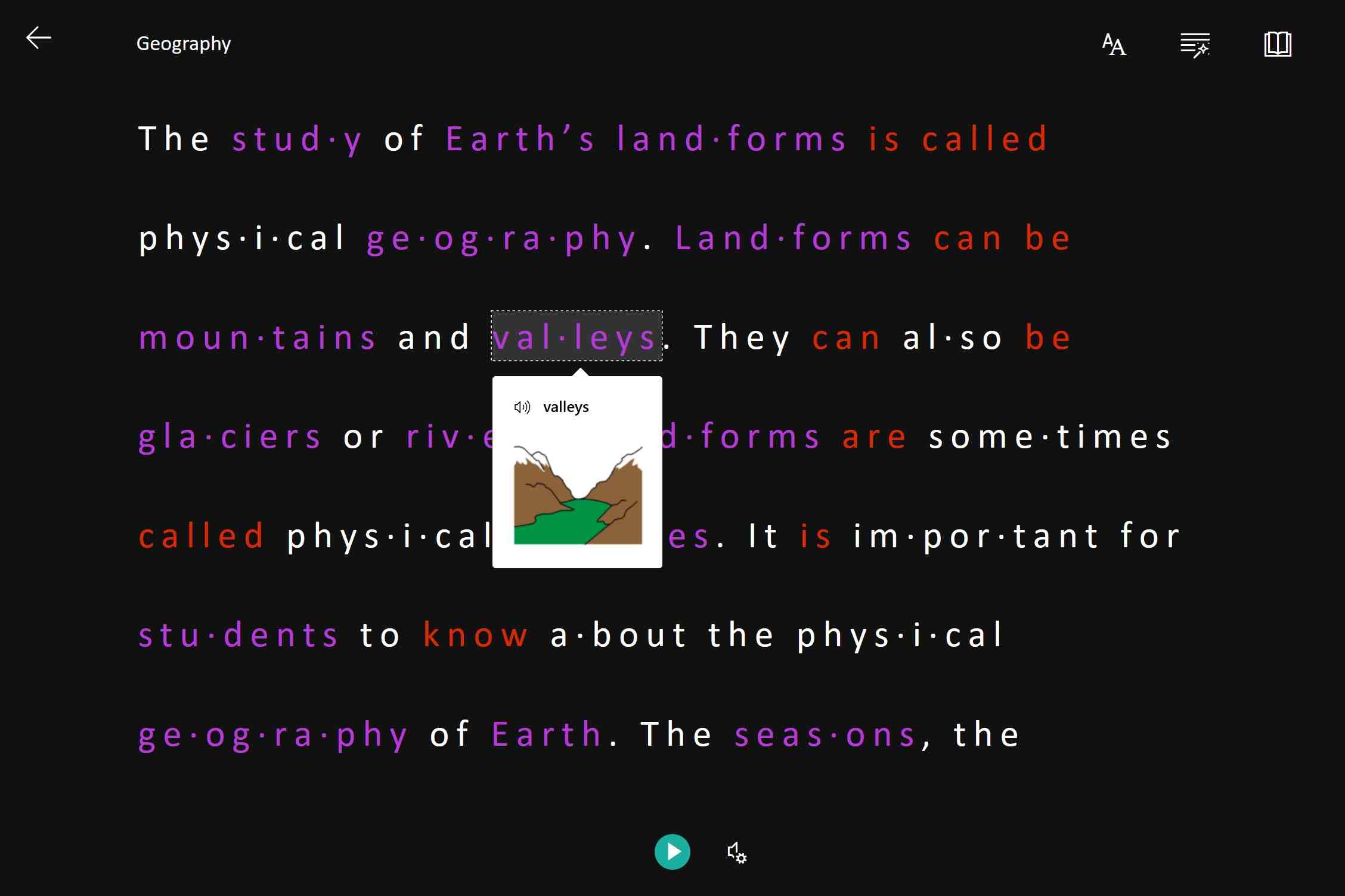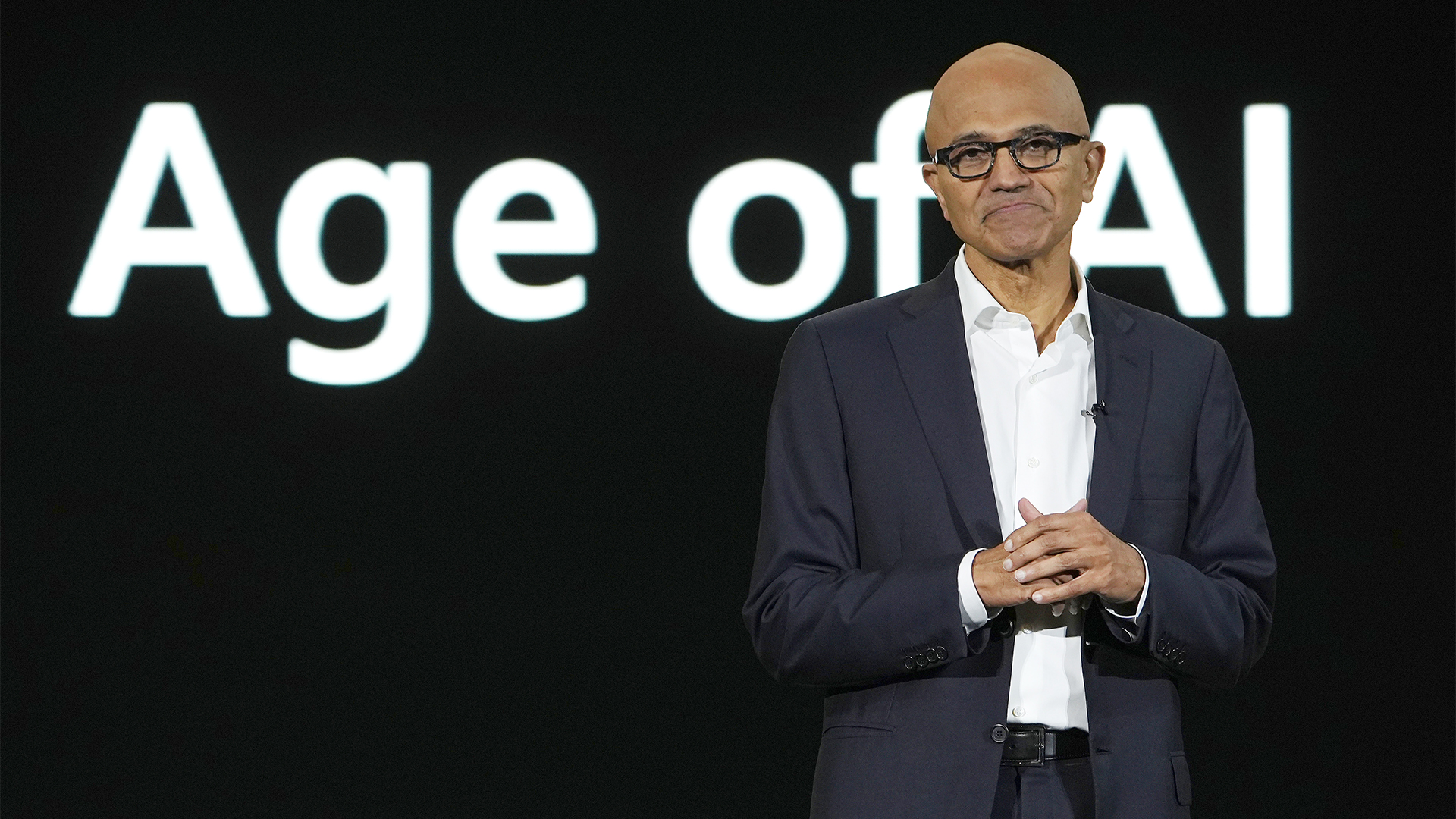Microsoft announces general availability of Immersive Reader for remote learners
Updated features aim to engage learners and make content more easily accessible

As schools nationwide gear up for the new school year, Microsoft has announced the general availability of Immersive Reader, an Azure Cognitive Service on the Azure AI platform.
Immersive Reader has become a critical tool for distance learning throughout the coronavirus pandemic. According to Microsoft, more than 23 million people use Immersive Reader every month. Between February and May of this year, there was a 560% increase in Immersive Reader usage. With the new school year already here for some and on the horizon for others, Microsoft expects to see continued momentum for the remote-learning tool.
With the general availability of Immersive Reader, Microsoft has updated it to support pre-translating content and automatically reading a page aloud. Microsoft is adding 15 new Neural Text-to-Speech voices and five new languages to Immersive Reader too, including Odia, Kurdish (Northern), Kurdish (Central), Pashto and Dari.
To make content more easily accessible to learners, Microsoft has partnered with Code.org and SAFARI Montage to integrate Immersive Reader into each respective platform.
For Giovanni Benincasa, UX manager of the department of curriculum, instruction and digital learning for Chicago Public Schools (CPS), Immersive Reader has become crucial to supporting CPS students and families.
“During remote learning, particularly for our younger learners, student learning is often supported by parents, guardians, or other caregivers,” said Benincasa.
“Since Immersive Reader can be used to translate the student-facing instructions in our digital curriculum, families can support student learning in over 80 languages, making digital learning far more equitable and accessible than ever before!” Benincasa added.
Get the ITPro daily newsletter
Sign up today and you will receive a free copy of our Future Focus 2025 report - the leading guidance on AI, cybersecurity and other IT challenges as per 700+ senior executives
To further engage students, Microsoft is also bringing audiobooks to life by fine-tuning audio characteristics like voice style, rate, pitch and pronunciation to fit their scenarios.
Additionally, features like Text to Speech and Transcribe in Word will automatically transcribe conversations for more seamless note taking.
Immersive Reader was launched in January 2016 and is built into Microsoft Word, OneNote, Outlook, Microsoft Teams, the Edge Browser and other Microsoft programs. It’s also available as an Azure Cognitive Service and can be integrated into third-party applications or sites.
-
 Bigger salaries, more burnout: Is the CISO role in crisis?
Bigger salaries, more burnout: Is the CISO role in crisis?In-depth CISOs are more stressed than ever before – but why is this and what can be done?
By Kate O'Flaherty Published
-
 Cheap cyber crime kits can be bought on the dark web for less than $25
Cheap cyber crime kits can be bought on the dark web for less than $25News Research from NordVPN shows phishing kits are now widely available on the dark web and via messaging apps like Telegram, and are often selling for less than $25.
By Emma Woollacott Published
-
 Microsoft is ending support for the Remote Desktop app – here are three alternatives you can try instead
Microsoft is ending support for the Remote Desktop app – here are three alternatives you can try insteadNews Microsoft has announced plans to end support for its Remote Desktop application in just over two months.
By George Fitzmaurice Published
-
 Microsoft's huge AI spending has investors worried – now the company is changing its financial reporting to highlight successes
Microsoft's huge AI spending has investors worried – now the company is changing its financial reporting to highlight successesNews The move comes as investors want more evidence that Microsoft’s AI investment will pay off
By Nicole Kobie Published
-
 Could Python in Excel be a boon for cryptocurrency miners?
Could Python in Excel be a boon for cryptocurrency miners?Opinion Free Python compute resource on offer via Microsoft 365 beta preview – what could possibly go wrong?
By Richard Speed Published
-
 Microsoft defends “negligent” security approach that prolonged vulnerability fix for five months
Microsoft defends “negligent” security approach that prolonged vulnerability fix for five monthsNews The tech giant has refuted claims that its practices have left customers “in the dark”
By Ross Kelly Published
-
 Microsoft Build 2023: Microsoft Fabric and oodles of Azure AI integrations announced
Microsoft Build 2023: Microsoft Fabric and oodles of Azure AI integrations announcedNews Microsoft Fabric aims to greatly improve developer productivity and simplify real-time analytics
By Ross Kelly Published
-
 Five ways to reduce Kubernetes costs
Five ways to reduce Kubernetes costsTutorials With cutting expenditure a business imperative, there are several ways enterprises can reduce Kubernetes costs
By Ross Kelly Last updated
-
 Azure spending notifications for customers unavailable until March, Microsoft warns
Azure spending notifications for customers unavailable until March, Microsoft warnsNews Customers have been advised to manually monitor Azure usage and costs until a fix is implemented
By Ross Kelly Published
-
 Microsoft cloud revenue still sky-high as device sales continue to slide
Microsoft cloud revenue still sky-high as device sales continue to slideNews The company's latest earnings call revealed that Azure cloud products delivered better-than-expected results while numbers in other divisions fell substantially
By Ross Kelly Published